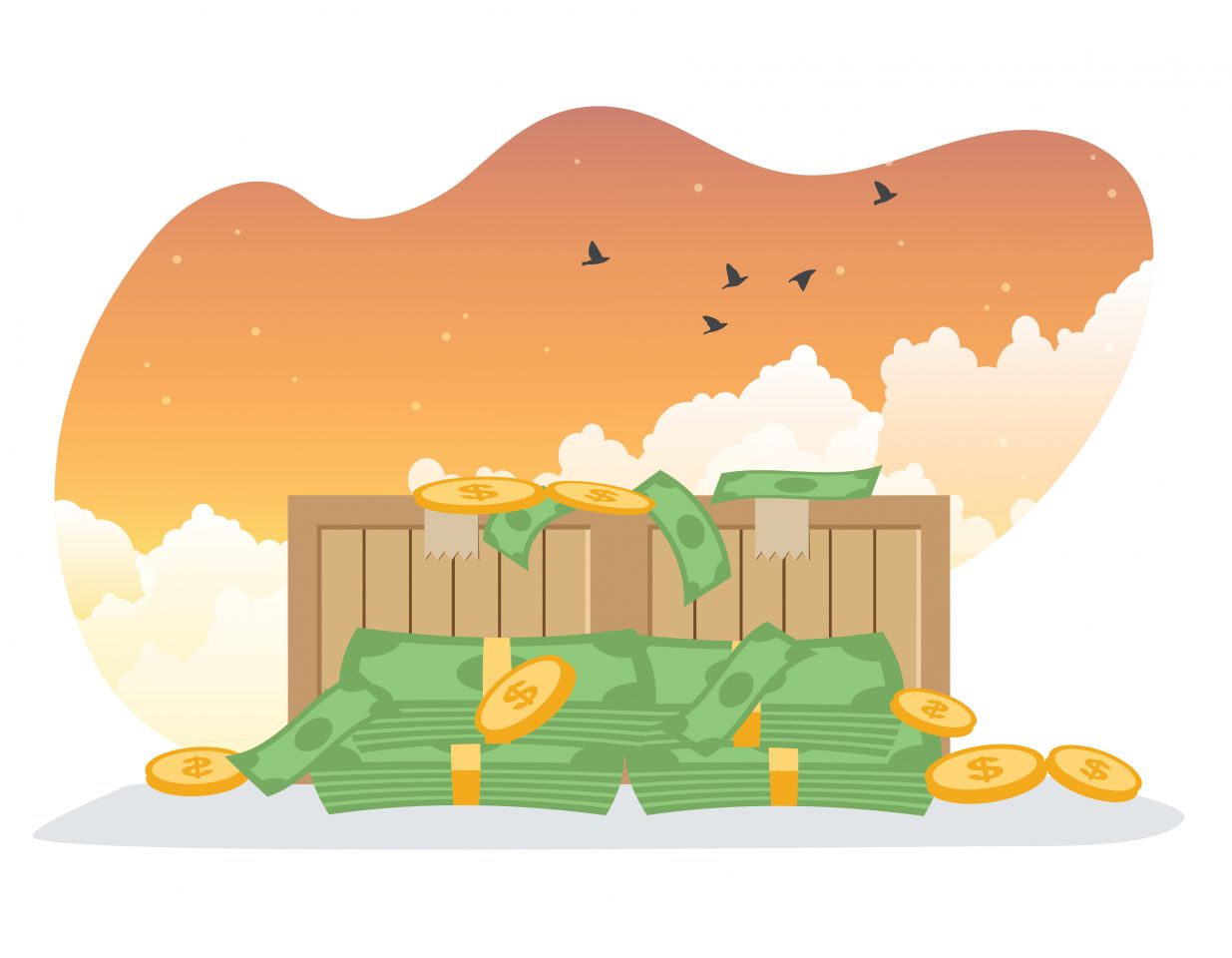What is a price level?

The definition of a price level in economics refers to the average cost of all goods and services offered for sale. A price level can help determine where economic indicators like the gross domestic product (GDP) could trend.
In simpler terms, price level is the cost of a good or service in the economy, expressed in small ranges. Price levels allow economists to monitor changes in prices over a period of time. They are a crucial indicator in economics as they indicate consumers spending power.
The supply and demand dynamics plays a role in determining price level; prices rise when demand increases and fall when it decreases, or when the supply is higher.
Inflation and deflation are factors that play an important role in determining the price level. Inflation refers to a rise in the price of goods and services, while deflation refers to falling prices.
Another price level example comes from trading. Traders often sell securities when they reach a certain price level, referred to as exit and entry points.
Price level explained
How does the price level work in the context of the economy? The government prepares a list of frequently bought items and services, typically grocery, consumer staples and other goods, and then determines a price for them.
This is called a Consumer Price Index (CPI), and is a key measure in tracking the price growth or decline over time. CPI price levels help in calculating inflation and consumer demand for goods that can eventually impact the wider GDP measure.